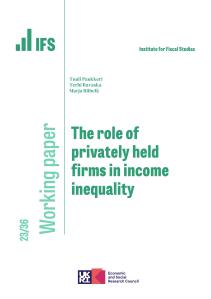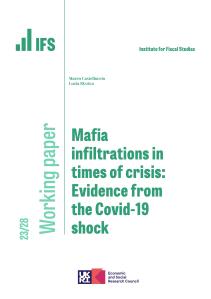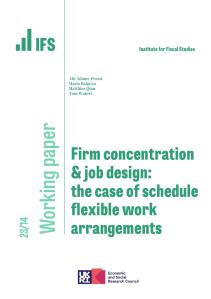It is widely accepted that firm-level investment is characterized by periods of low investment punctuated by ‘spikes’, but widely debated whether such lumpiness matters for aggregate investment. We provide new empirical evidence that variation in UK aggregate investment is driven by variation in the number of firms undertaking investment spikes; this pattern holds for all sectors and across the business cycle. We set out and estimate a tractable firm-level model of the timing of investment spikes that incorporates the effect of specific macroeconomic factors and aggregates to match observed variation in aggregate investment. Using simulations, we establish that low demand growth was the dominant factor inhibiting UK firms’ investment spikes immediately following the Great Recession, while heightened uncertainty prolonged low investment and prevented a ‘v-shaped’ economic recovery. We use the Great Recession as a source of exogenous variation with which to study heterogeneity in response to aggregate shocks. We find that the minority of firms operating with persistently high-debt levels—and therefore with balance sheets more exposed to the costs of financial distress—were significantly less likely to undertake an investment spike following the recession.










